After: Moreno stripped the kitchen down to the studs, removing the appliances, backsplash, cabinets, ceiling fan, counters, vinyl flooring, sink window, soffit and closet. She filled in the window above the old sink to make room for a new focal-point range and a reworked appliance layout that better fits the family’s needs.
She also took down the wall between the kitchen and dining room, expanding the kitchen into the former breakfast nook, adding 72 square feet and dramatically improving flow. The extra space allowed for a larger custom island, which is painted a muted, organic green with soft gray undertones. “It’s a really pretty neutral green that’s warm at the same time,” Moreno says. “I like to ground a space so everything isn’t so white. Plus, her favorite color is green. It took time to find the right green, and we went with this neutral one because it’s transitional but also modern.” Soft white custom inset cabinetry along the perimeter brightens the room and contrasts gently with the island. Satin bronze hardware adds a rich, polished touch to both.
Moreno placed the new farmhouse-style sink in the island and placed the new range where the sink used to be. She moved the refrigerator to the cooktop’s former spot, resulting in a smarter, safer layout. “I’m not a big fan of putting the range in the island, especially when you have little kids,” Moreno says. “Removing that sink window allowed us to put the range there with the hood as a focal point. She was afraid of losing the light from that window, but now we’re getting light from the front of the house by removing that wall.”
Paint colors: Alabaster (perimeter cabinets), Drift of Mist (walls), Pure White (ceiling and trim), Shade-Grown (island), Sherwin-Williams
Find kitchen remodelers near you
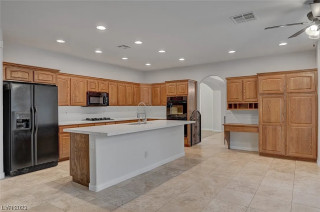
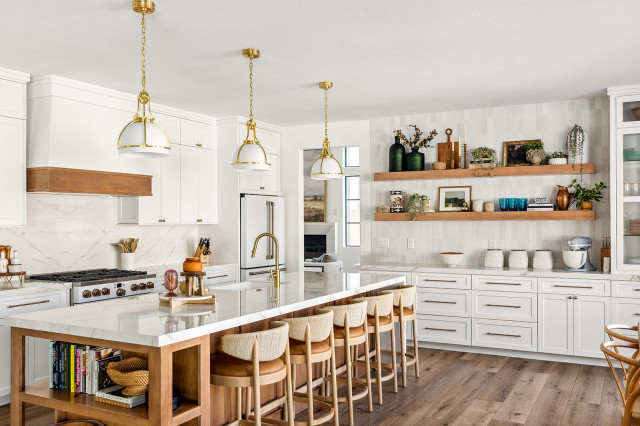

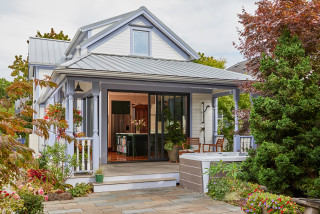
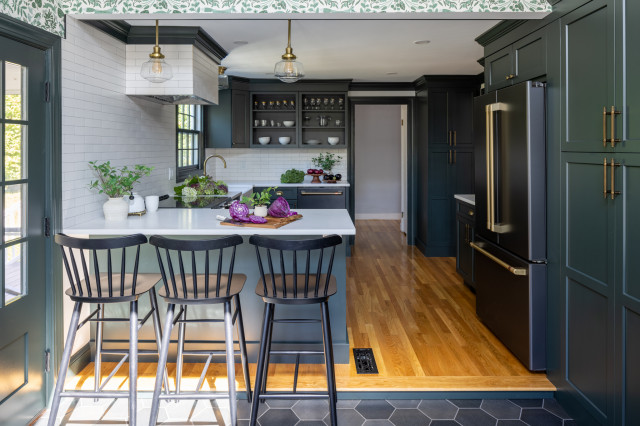
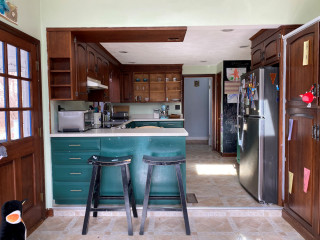



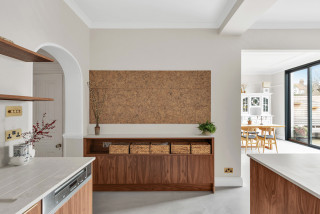


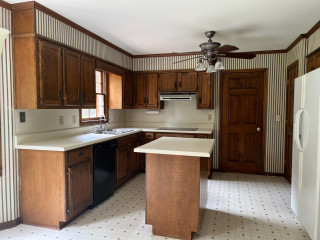



One of the homeowners loves to cook and bake. The other’s interest in the culinary arts lies primarily in enjoying food. “The cook had a lot of specialty tools and gadgets he wanted to use,” Rachaman says. “He cooks Asian food a lot and wanted specific places to put things like the small bowls he likes to serve it in.” The designers planned storage to house items like this, as well as spices, mixing bowls, baking sheets and cutting boards. The homeowner also has a large cookbook collection, and the designers tailored the island to house them.
One quirky part of the renovation involved one of the homeowners’ cold morning swims in Lake Washington. “He hangs his wetsuit to dry in the coat closet,” Emhoff says. “He wanted the fridge to back up to this closet so the heat coming off it would help dry the wetsuit.” There’s a vented wall between the back of the fridge and the coat closet.
Cabinetry: Bellmont Cabinet; cabinet paint: Olympic Range, Sherwin-Williams; wall paint: Pink Ground, Farrow & Ball
Browse kitchen and dining furniture in the Houzz Shop